Revenue Models in Professional Sports Leagues
Professional Indian sports leagues have indeed experienced marvelous growth over the last decade or two with leagues such as IPL, ISL, and PKL reaching significant commercial heights. The strategies these leagues have implemented are a key aspect of their continued survival and success. These leagues depend on multiple sources of revenue to finance their operations, pay the teams participating in the leagues, and also improving the match experience for the fans watching the games in the stadiums or at home.
So in this article, we look at the different revenue sources for professional leagues in India. This comprise sponsorship, merchandising, broadcasting rights, and much more.
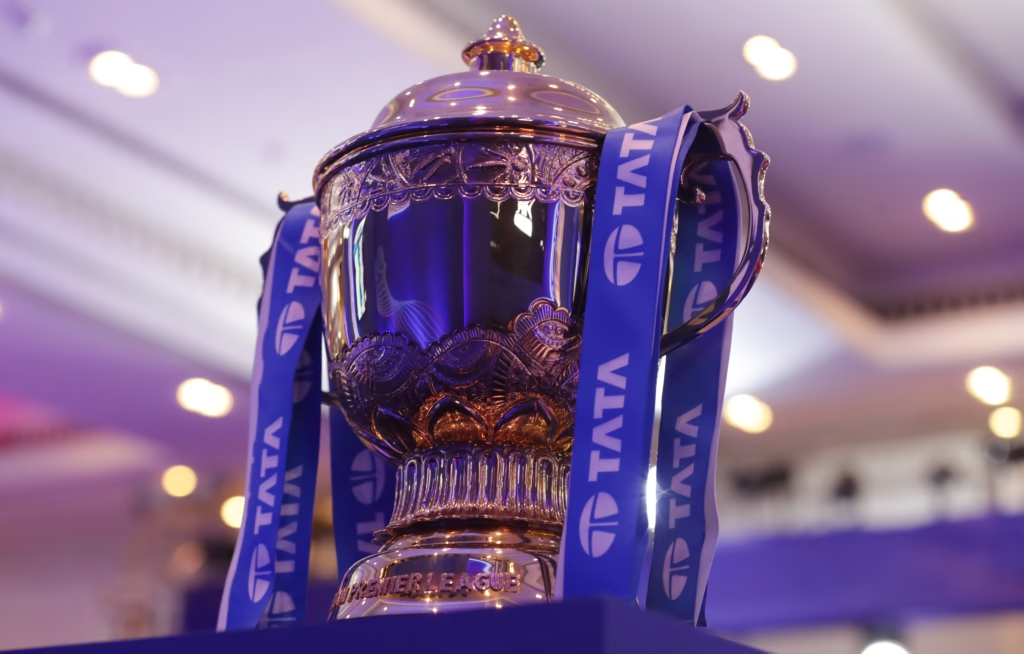
Sponsorships: The bedrock of Revenue Models
Title Sponsors | Associate Sponsors | Team Sponsors
The main source of revenues for Indian sports leagues is the sponsorships. Companies always want to associate with leagues with wider reach and influence to enhance their own brand image and increase revenue. Sponsorship deals mainly relate to title sponsorships wherein the name of the brand is directly attached to the league – for example, Tata IPL, and Hero ISL. Title sponsors are also termed as the official sponsors of the league.
After title sponsors, come the associate sponsors. These sponsors get the less brand presentation than the main title sponsors of the league. For example, My11Circle, Angel One, RuPay & CEAT are one of the many associate sponsors of the IPL.
For instance, in the IPL, title sponsorships attract high figures—Tata’s two-year deal is priced at ₹670 crores.
Team sponsorships, on the other hand, are associated with teams that are sponsored by brands. By partnering with successful teams or teams featuring marketable athletes, such as Virat Kohli’s Royal Challengers Bangalore, brands gain enhanced exposure and a strong entry into the market.
Also Read: Role of Grassroot football in Indian Football
Broadcasting Rights: Most Significant Source of Revenue
Broadcasting rights is one of the most money-spinning revenue streams for sports leagues. Cricket is the sport in India, and the broadcasters are willing to pay a huge amount of money for exclusive rights to broadcast the matches. For example, media rights for the IPL for the period 2023-2027 were sold for a whopping ₹48,390 crores.
While the broadcasting rights for the NFL and Premier League are in billions. India’s Premier Kabaddi League (PKL) is also on the rise in terms of getting traction and viewership, and so the broadcasting rights for the league are likely to go up in the near future. The same can be said about other leagues such as the Indian Super League (ISL).
The broadcasting agreements show the value of the league and the massive traction it generates across all platforms.
Streaming Services: The Digital Revolution
With the rise of the internet and the ever-increasing number of mobile users in India, the number of people using streaming services to watch their favorite shows and live matches on their mobile screens is growing day by day. Streaming services have revolutionized sports broadcasting in India.
Streaming services have opened new revenue streams for leagues like the IPL. Now, leagues can sell digital rights separately from broadcasting rights. For instance, Viacom18 paid a staggering ₹23,758 crores for the IPL’s digital rights.
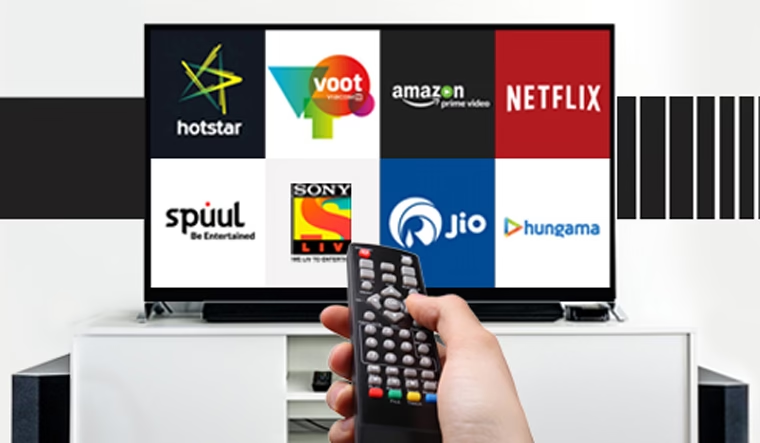
Ticket Sales: Matchday Revenue
On matchday, it’s the fans who are the most important factor for the broadcasters and also for the teams. Not only are they the largest single source of matchday revenues through ticket sales, but they also create the atmosphere inside the stadium, which in turn affects the overall ratings of the matches across other platforms. Ticket sales remain an extremely important source of direct revenue for leagues and franchise owners. Also, ticket sales are directly related to a team’s fan following.
Leagues also devise different ticketing innovations, such as family packs and early-bird promotions, to ensure sold-out matches and maximize revenue through ticket sales.

Merchandise: A way to connect with fans
Merchandising in Indian sport is not at the same level as it is in Europe and the USA, but it’s catching up slowly. Remember the ICC 2023 ODI World Cup final match when almost all the fans wore the Indian shirt, making Narendra Modi Stadium a sea of blue. In football, merchandising is one of the biggest revenue sources for the clubs. From jerseys to caps and mugs with official logos and whatnot, every asset a league or team has can be used for merchandising. Merchandise sales bring in direct revenue and also work as a marketing tool that can enhance the visibility of a brand.
Other than Team India, IPL teams also see tremendous national-level selling of jerseys and other merchandise, especially among teams like Mumbai Indians and Chennai Super Kings.
Licensing Agreements: Beyond the Field
Leagues and teams also offer licensing agreements to interested stakeholders. This includes allowing the stakeholders to use logos, team names, and other branding elements. Some examples of licensing agreements include the creation of branded products — a mobile game, a collectible, or even a fantasy league tie-up. In other cases, media houses are allowed to use team photos in articles.
Consider Dream11’s association with the IPL as a fantasy league partner, which, apart from increasing fan engagement, also brings steady revenue through licensing fees to the league. These associations demonstrate how leagues are monetizing their assets.
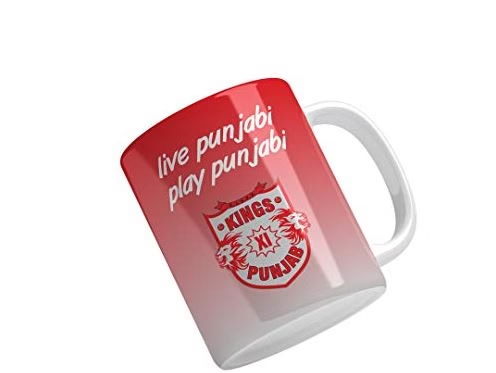
Conclusion: India Needs to Catch Up
Though leagues and teams in India have more revenue sources than they did a decade ago, they still lag behind Europe and the USA. Watching matches on streaming devices or TV is one thing, but engaging fans and giving them reasons to connect with the teams or the league is a completely different challenge.
The IPL is over a decade old, yet it’s still viewed as a league with a strong entertainment factor. In Europe and the USA, fans are more immersed in the matches, with a deeper emotional attachment, and almost everyone in the stadium wears the team jersey. While teams in the IPL, ISL, and PKL are making good money, buying official merchandise is still a tough ask. First, it’s expensive, and second, there are only a handful of official team stores selling authentic merchandise.
Leagues and teams in India must evolve better systems to engage with fans and enhance their matchday experience.
For more, follow us on Facebook, Instagram and LinkedIn.
Share this content:
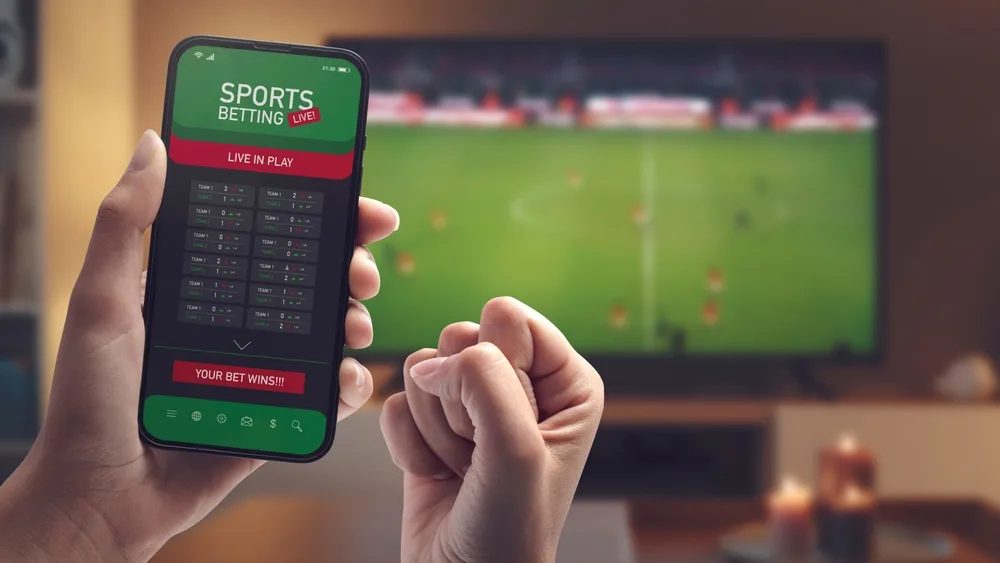
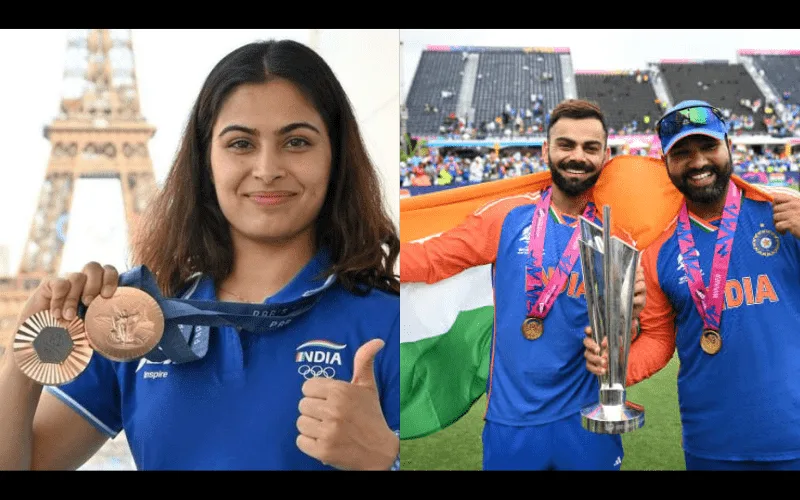

Post Comment